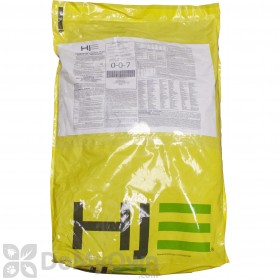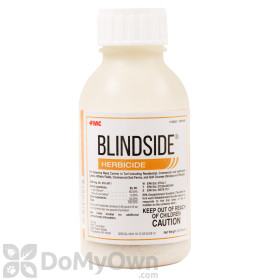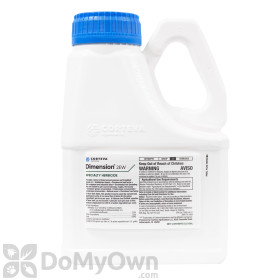
Imagine a home in a warm, possibly tropical climate. What does the lawn of this home look like? Is it dark green and lush? That's no coincidence, this beautiful grass is called St. Augustine and it can be found in many tropical and subtropical regions.
Many homeowners are unsure of their grass type or how to care for it. Read below to learn:
What is St. Augustine Grass?

St. Augustine grass is a warm-season turf that is often found in tropical and subtropical regions. In the United States, St. Augustine is common in Hawaii, California, Texas, and Florida, where its name originates (after St. Augustine, Florida). The grass does well in the sun, requiring at least 6 or more hours of direct sunlight each day, and is also salt-tolerant, perfect for property near oceans.
Grass blades are dark green to green-blue and are flat and broad. St. Augustine turf is thick and carpet-like, a positive as it often crowds out potential weeds. The grass spreads quickly thanks to above-ground stolons, also known as runners, which help the turf remain thick and lush. St. Augustine grass will stay green year-round in warmer climates but will go dormant and brown in cooler climates. Once the temperatures warm up in the spring, the grass will green-up again.
How to Care for St. Augustine Grass
St. Augustine requires routine maintenance, especially as it grows so quickly in warm weather. Read below for tips on how to keep your grass healthy and vibrant.
Mowing

St. Augustine requires frequent mowing. Be sure to follow these mowing tips:
- Keep grass blades 3-4 inches long. Mowing any shorter will cause the grass to thin, which allows weeds to grow.
- Mow every 5 days to 2 weeks, depending on the time of year and the weather. You will need to mow frequently in the summer and less frequently in the spring and fall.
- In cooler climates where St. Augustine may go dormant, wait until the grass greens up in the spring to mow (do not mow when grass is brown). In warmer climates, the grass will need to be mowed year round.
Dethatching

St. Augustine is a thick turf that can create thatch, a layer of dead grass and other organic matter that settles just above the surface of soil. A small amount of thatch can be beneficial as it gives the turf and soil nutrients as it breaks down, but too much thatch will prevent your soil from receiving air and moisture from rain or watering. Thatch can prohibit the growth and health of your St. Augustine grass, and should be removed.
We suggest dethatching early in the spring, before applying your pre-emergent herbicide. Before dethatching, mow your lawn to half of its normal height (about 2 inches tall). Then use a dethatching rake or a mechanical de-thatcher and run it across your turf. Bag up and dispose of your thatch as you would lawn clippings. Water your lawn after dethatching to help with regrowth.
Sodding

One unique feature of St. Augustine grass that differs from other turf grasses found in residential lawns is the way it is grown. St. Augustine seed is extremely expensive, therefore plugs of already grown St. Augustine grass in sod are planted instead of loose grass seed. The stolons/runners will quickly grow and fill-in bare patches of grass to form a thick carpet of turf. Water new sod to help roots take hold in the lawn.
St. Augustine plugs can be planted year-round in tropical and sub-tropical climates where the grass does not go dormant. In areas where the grass will go dormant, plant your plugs after the last frost of the winter. Do not apply pre-emergent herbicide to new plugs while they establish.
Aerating
The soil beneath your St. Augustine grass can become tightly compacted, stifling the ability of water, nutrients, and air to reach the roots of the turf. Aeration is the process of breaking up this compacted soil by punching evenly spaced holes throughout the lawn.
You may need to rent out or borrow an aerator for this process. Be sure to wait until after you aerate to sod any bare areas of your turf or to apply a pre-emergent herbicide. We suggest aerating at the beginning of spring, right after the last frost of the year. Wait until the grass is at least 75% green and the soil temperature is above 65 degrees.
Fertilizing
Just as people need vitamins, St. Augustine grass needs nutrients to thrive. Fertilizing gives your turf the nutrients it lacks for optimal health. St. Augustine turf truly benefits from fertilizing and may need additional nutrients like iron.
Test your soil using an at-home soil test kit or by taking a soil sample to your local extension office. Once you know what nutrients are needed, you can select a fertilizer that contains those nutrients.
Fertilize after sodding and aerating, in early spring after the last frost, and every 6-8 weeks during the growing season. You can also fertilize in the early fall to increase nutrients.
The ideal pH range for your soil should be 5 - 8.5. If your soil is too acidic, lawn lime can be added to raise the pH level of your soil.
Watering
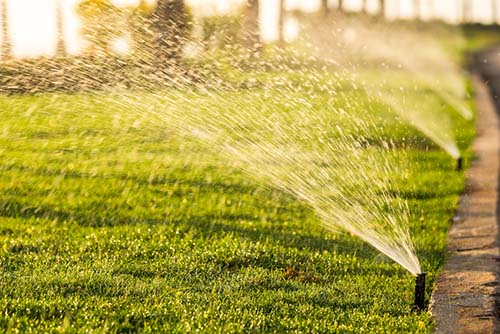
St. Augustine typically needs 1 inch of water per week. This can be in the form of rainfall or a sprinkler. If using a sprinkler, be sure to use in the morning so the grass will not burn in the full sun of the day or stay damp at night. Do not overwater St. Augustine grass to avoid pooling water. Lawns that remain damp for long periods of time are prone to fungus.
St. Augustine Grass Weeds and Diseases
Weed Control
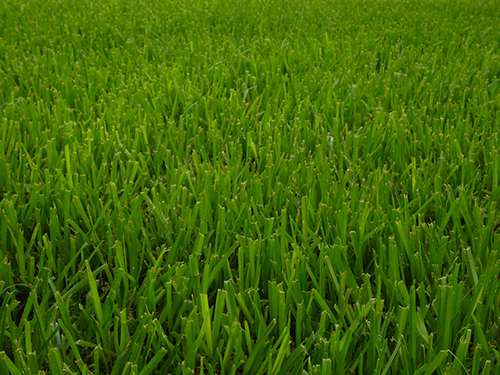
Weeds often have a hard time growing in thick, dense turfs like St. Augustine but will grow when lawns are in periods of stress, such as drought. Weeds can also blow in from neighboring lawns.
We suggest applying a pre-emergent herbicide after the last frost of the spring (if any) and again in the fall before the weather cools. Use a post-emergent herbicide on any weeds that do appear. Check the label of the pre-emergent for temperature restrictions.
DoMyOwn's Herbicide Guides break down when, where, and how often to apply pre and post-emergent herbicides. Our lawn care guides can also help you identify and get rid of specific weeds, like crabgrass and nutsedge.
St. Augustine Disease Control
The warm, tropical climates where St. Augustine turf is typically found provide the perfect conditions for lawn fungus and disease to thrive. Gray spot, root rot, and large patch (also known as brown patch) are common in St. Augustine.
Preventative fungicides are the best way to keep fungi out of your lawn. They can also help with existing fungal diseases. Read our guide on fungicides to learn how to choose a fungicide and when to apply.
Pro Tip
DoMyOwn knows it can be difficult to select the right fungicide and weed control for your lawn, that's why we offer our Turf Box Subscription Program. We'll send you products throughout the year that are sized for your lawn and work in your climate and grass type. Subscribers also save on additional lawn care products.
St. Augustine Pest Control
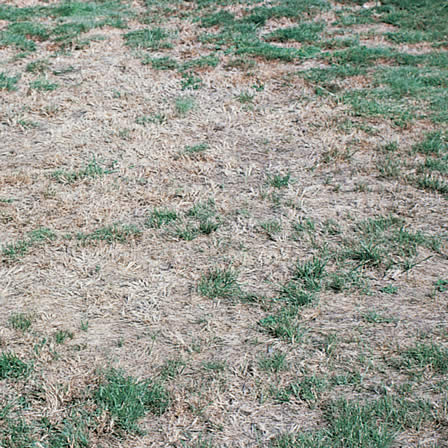
Many different pests can live in your lawn, but those with St. Augustine lawns need to watch out for chinch bugs. These tiny pests suck the moisture out of grass blades, then leave behind a substance that kills the grass. Lawns with chinch bugs often appear to be affected by drought. Learn more about chinch bugs and how to get rid of them.
Grubs and mole crickets are also commonly found in St. Augustine. Both can damage lawns when emerging from the soil. Learn more about these pests in our lawn care guides.
Conclusion
St. Augustine grass is thick, lush, and green. It may require some maintenance, but a little work goes a long way.
If you have any questions about any of the products or maintenance tasks mentioned in this guide, give our lawn experts a call at 866-581-7378 or email [email protected].





